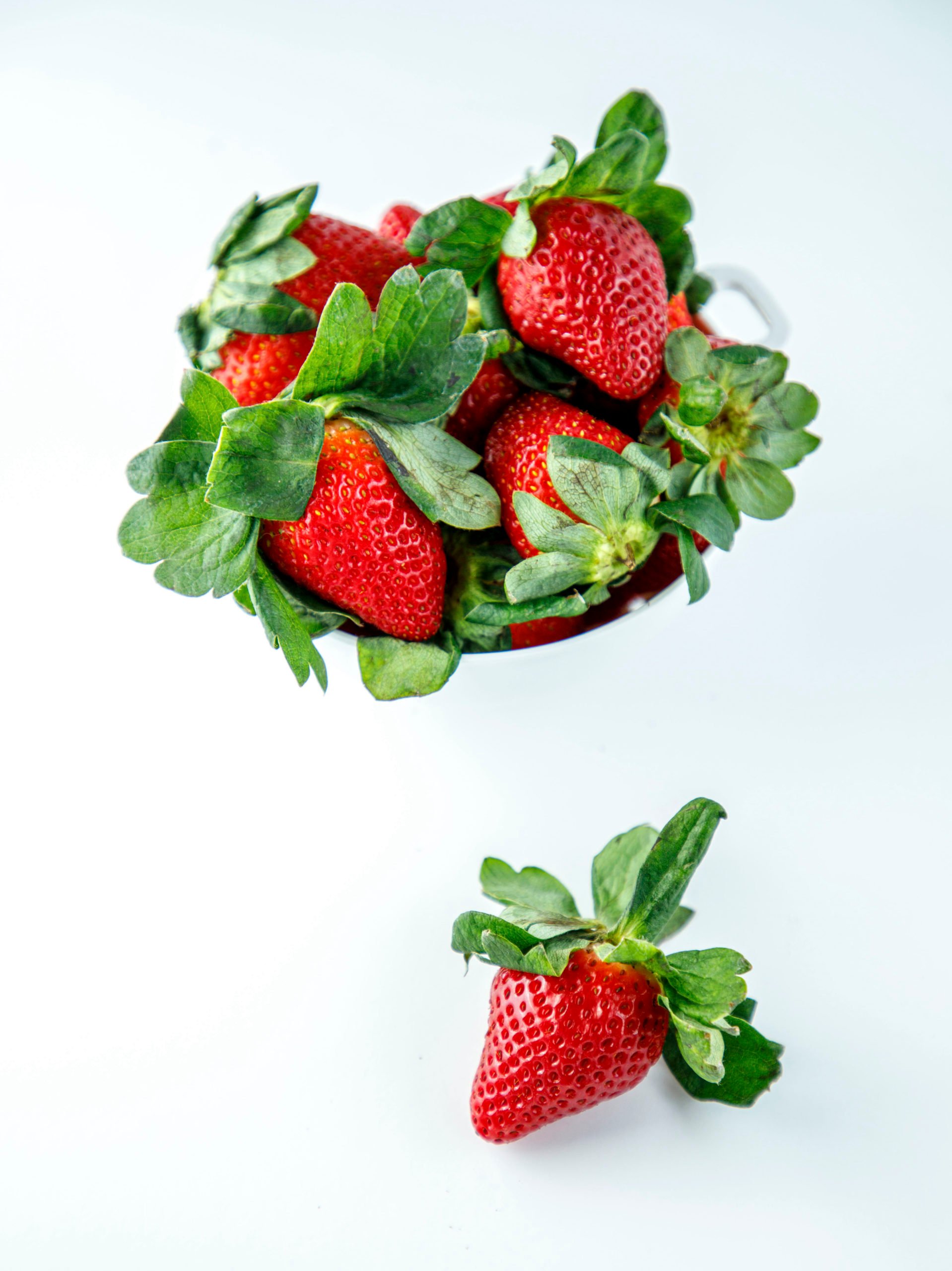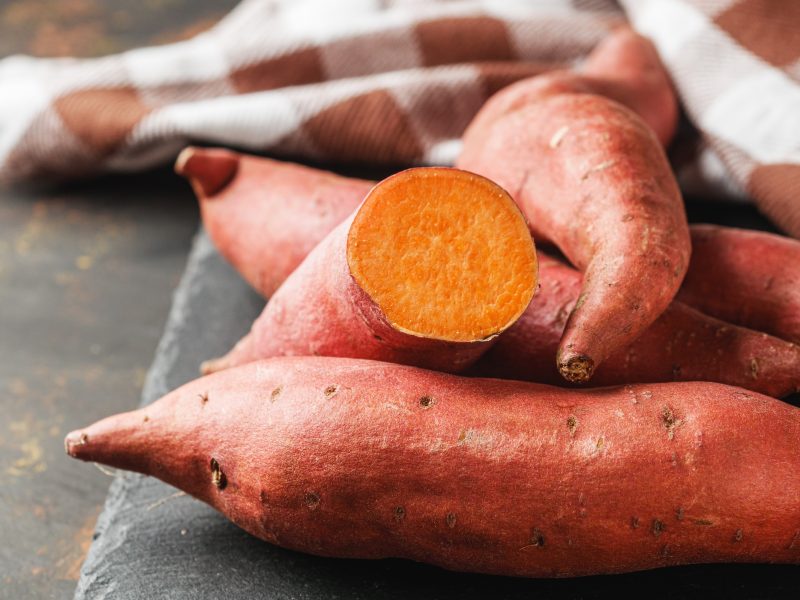Strawberries are a versatile fruit that are enjoyed by many for their juicy sweetness. But did you know that they are also packed with nutrients that can benefit your health? In this article, we will explore everything you need to know about strawberries – from nutrition info and health benefits, to their culinary uses, recipes, and even how to grow them in your own garden!
What are Strawberries?
Strawberries are a type of fruit that belongs to the rose family, and they are technically not even berries. They are considered an “accessory fruit” because the edible part is not produced by the ovary, but by the receptacle. With their bright red color, sweet taste, and unique aroma they are a favorite of many.
Interesting Facts about Strawberries:
- Strawberries are the only fruit with seeds on the outside – the average strawberry has about 200 seeds on its surface.
- The ancient Romans used them to treat everything from depression to fever.
- Native Americans have been using strawberries for medicinal purposes for centuries.
- There are over 600 varieties grown worldwide.
- California produces 80% of the strawberries in the United States.
Health Benefits:
Strawberries are low in calories and high in nutrition, making them an excellent choice for anyone looking to improve their health. They are an excellent source of vitamin C, manganese, and folate, and are high in fiber and antioxidants. They have also been linked to a reduced risk of heart disease, diabetes, and some types of cancer.
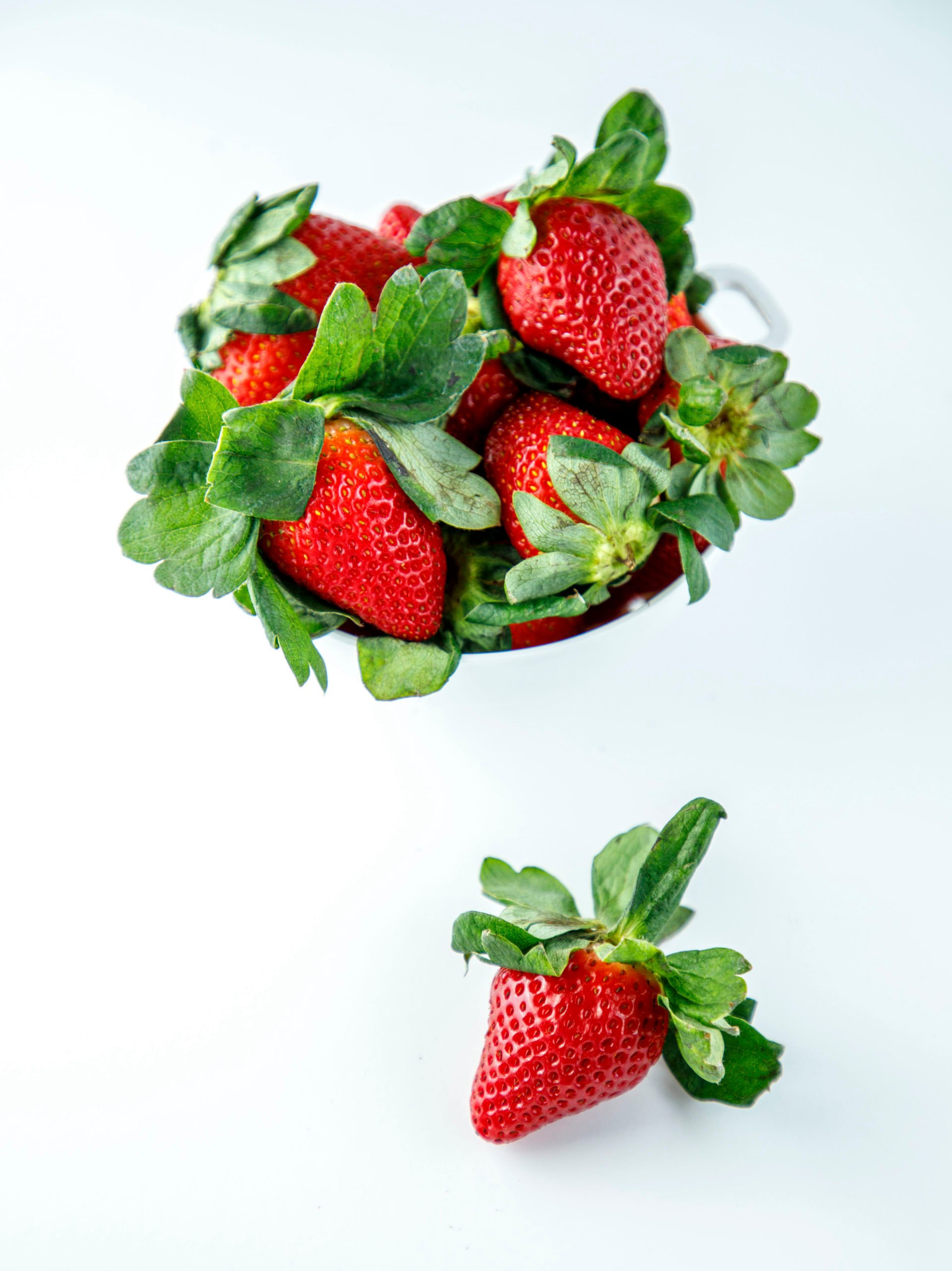
Nutrition Information:
One cup of sliced strawberries contains approximately:
- 49 calories
- 1 gram of protein
- 12 grams of carbohydrates
- 4 grams of fiber
- 8 grams of sugar
- 149% of the daily recommended intake of vitamin C
Are Strawberries Keto-Friendly?
Yes, strawberries can be included in a keto diet in moderation. One cup of sliced berries contains about 8 grams of net carbs, which can fit into a low-carb diet. Just be sure to track your intake and balance it with other low-carb foods.
Culinary uses:
Strawberries are a versatile fruit that can be used in a variety of culinary applications. Some suggestions on how to enjoy them:
- Simply eating them fresh, maybe with a splash of cream
- Adding them to smoothies or shakes
- As a topping for yogurt, cereal, pancakes, or waffles.
- Include them in salads for a hint of sweetness
- Using them in desserts like pies, cakes, and tarts
- Add them to a cheese platter or charcuterie board

Popular Types and Their Uses:
There are several types of strawberries, including June-bearing, Everbearing, and Day-neutral. June-bearing strawberries produce fruit in early summer, while Everbearing and Day-neutral varieties produce fruit throughout the season. Some popular varieties include:
Albion: Large, firm, and juicy, with a sweet flavor. Good for eating fresh or freezing.
Chandler: Large berries with a deep red color. Good for eating fresh or making jams and jellies.
Honeoye: This variety is very sweet, making it perfect for eating raw or using in desserts.
How to Plant and Grow Strawberries:
Strawberries are relatively easy to grow, and can even be grown in containers. Here are some tips for growing your own:
- Choose a sunny location with well-draining soil.
- Plant dormant plants in the early spring or late fall.
- Water regularly, but avoid getting the leaves wet.
- Use straw mulch to help retain moisture and control weeds.
- If you have a lot of hungry birds in your area, cover the plants with netting to protect the fruit while ripening.
- Another way to protect your berries from birds and rodents is to place fake snakes near your plants. This worked great for me, but be sure to warn your friends when they come over and want to poke around your garden or there will be screaming. True story. 😂
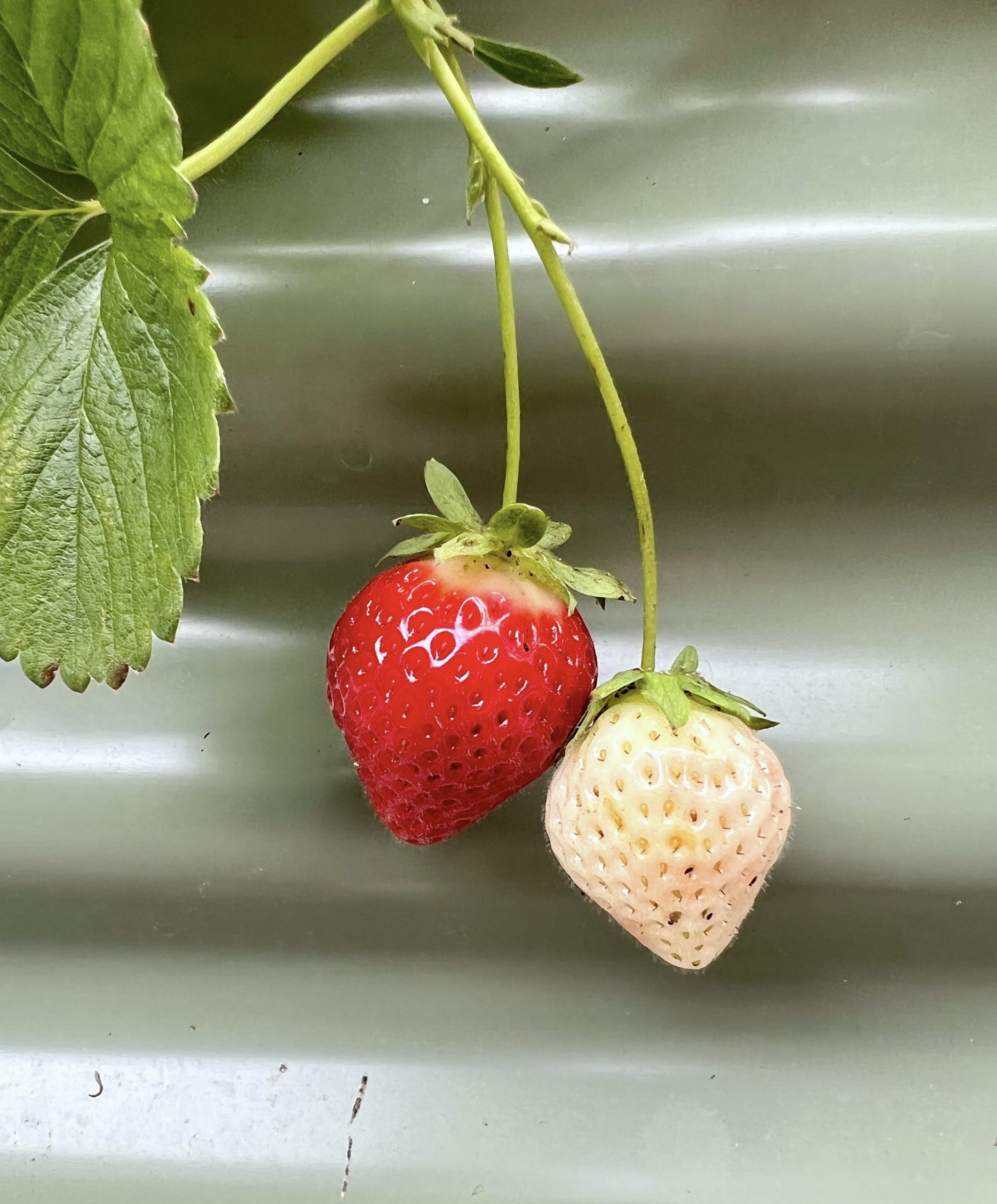
Common Pests and Control Methods:
Some common pests that can affect strawberries include aphids, spider mites, slugs and earwigs. Here are some ways to keep your plants healthy:
- Spray the plants with insecticidal soap or neem oil in the evenings when the bees aren’t pollinating.
- Use diatomaceous earth or Sluggo to deter slugs and earwigs.
- Remove any infected plants to prevent the spread of disease.
How to Harvest:
Strawberries are ready to harvest when they are bright red and fully ripe. Gently twist the fruit to remove it from the plant, being careful not to bruise the berries.
How to Prepare:
To prepare strawberries, simply rinse them under cold water and remove the stem. They can be sliced, diced, or left whole depending on your preference.
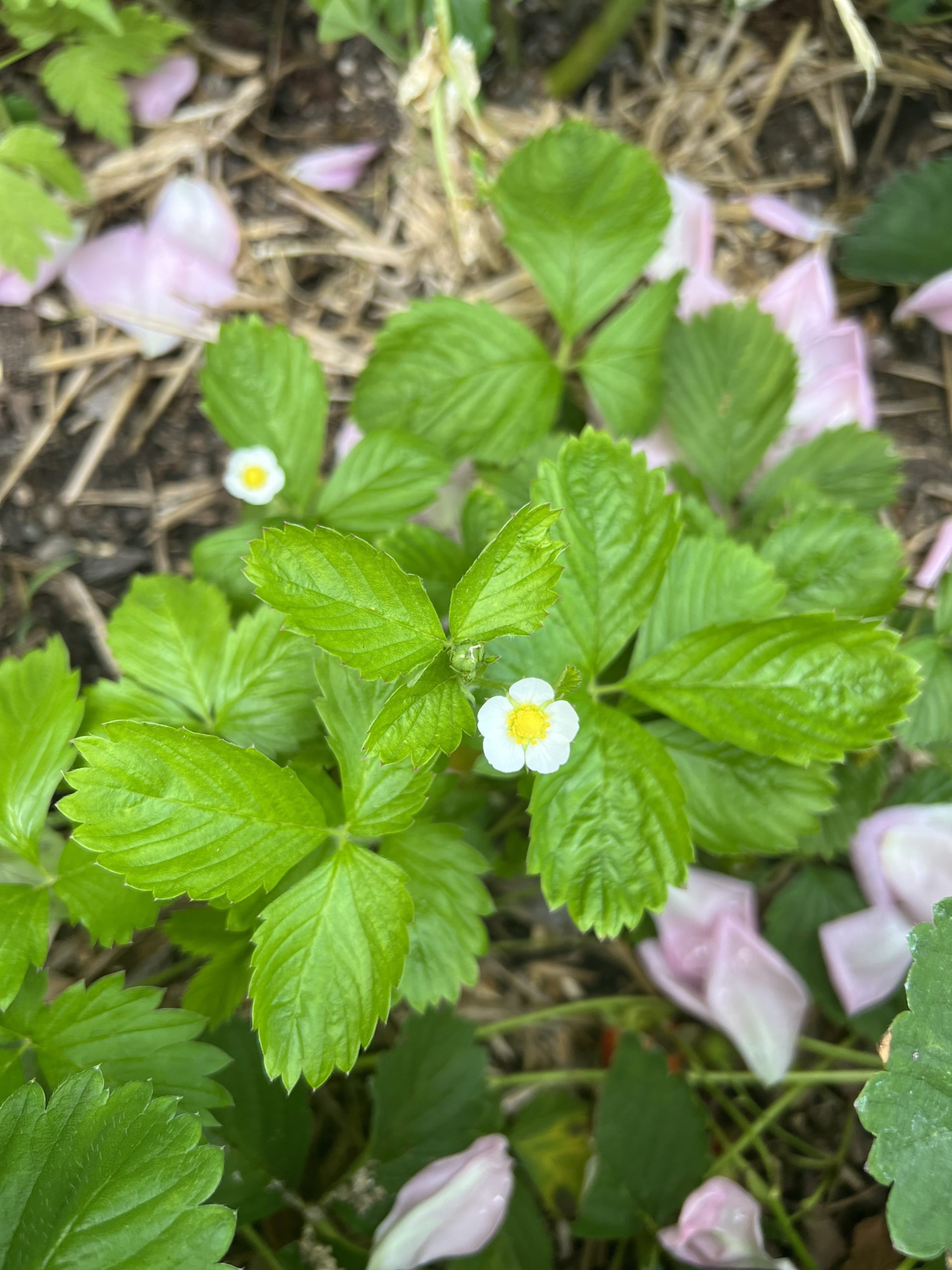
How to Store:
Strawberries are best stored in the refrigerator, where they will keep for up to a week. To extend their shelf life, you can also freeze them for later use.
To freeze strawberries, rinse well and then allow them to air dry for up to an hour before placing in a bag or container for freezing. If you freeze them while wet they will clump together and freeze in a solid block.
Another way to preserve them is to make jam and can it in a water bath in small jars. This will make it shelf stable for up to a couple of years.
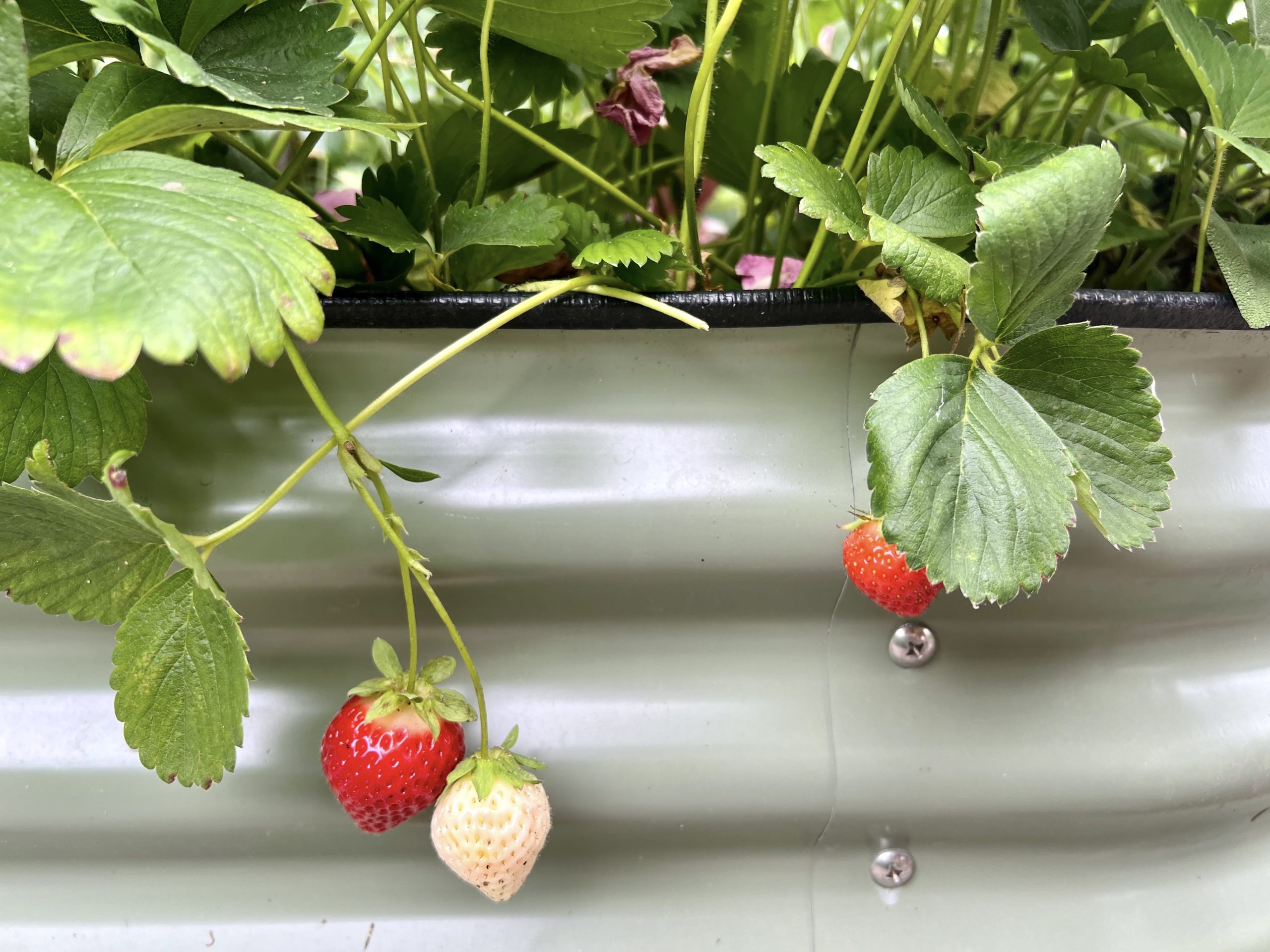
Strawberries are a delicious and nutritious fruit that can provide a variety of health benefits. Whether you’re eating them fresh or using them in recipes, they are a versatile ingredient that can fit perfectly into any diet.
